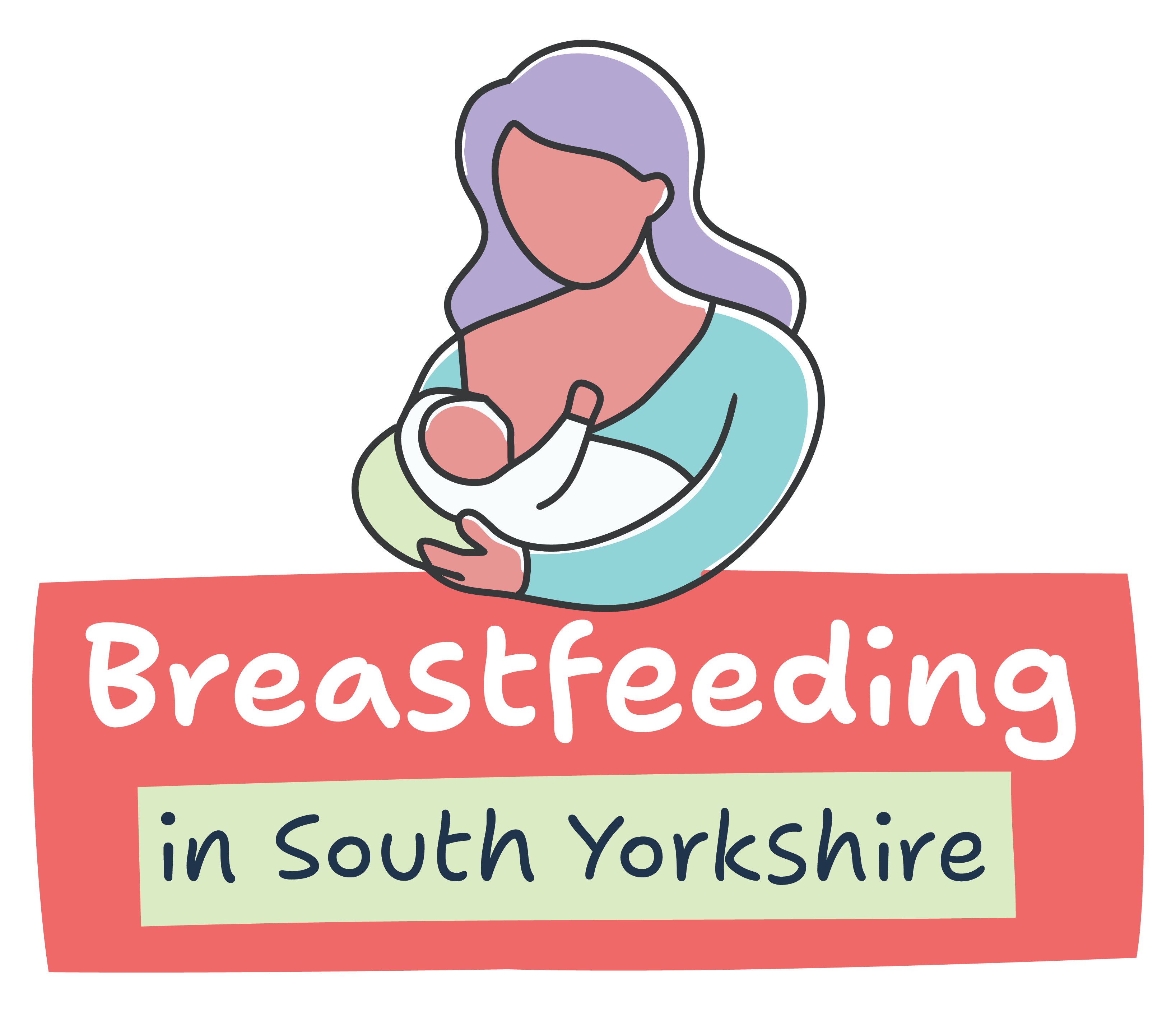Skin-to-skin
Skin-to-skin contact is when you hold your baby in close contact as soon as possible after birth. You're left for at least an hour or until after their first feed.
Your warmth, smell and familiar heartbeat will make your baby feel safe and calm.
Skin-to-skin contact can also take place any time a baby needs comforting or calming.
Why skin-to-skin contact is important
There’s a growing body of evidence showing that skin-to-skin contact after birth helps babies and their mothers.
It helps parents’ bond with their baby and supports better physical and developmental outcomes for the baby.
The practice:
- calms and relaxes parent and baby
- regulates the baby’s heart rate and breathing, helping them to better adapt to life outside the womb
- stimulates digestion and an interest in feeding
- regulates temperature
- enables good bacteria from parents’ skin to start to provide protection against infection
- stimulates the release of hormones to support breastfeeding and mothering
Image

Skin to skin in neonatal units
Skin-to-skin contact is vital in neonatal units where it’s often known as ‘kangaroo care’. It also:
- improves oxygen saturation
- reduces cortisol (stress) levels, particularly following painful procedures
- encourages pre-feeding behaviour
- assists with growth
- may reduce hospital stay
- improves milk volume if the mother expresses following a period of skin-to-skin contact, with the expressed milk containing the most up-to-date antibodies
Meeting baby for the first time (Unicef UK)
More information
You can ask your midwife, health visitor or peer support worker to help you with skin-to-skin.
Your local area
Visit your local area page for details of support available to you locally.
Out of hours support
You can also call the National Breastfeeding Helpline on 0300 100 0212.

